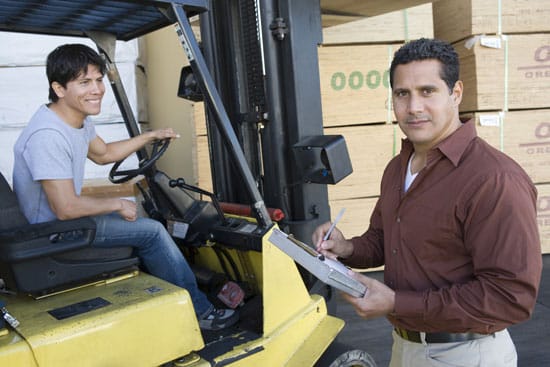In 2016, private industry accounted for 2,857,400 non-fatal injuries and illnesses. Nearly all of these could have been prevented by establishing a wise health and safety policy and enforcing strict procedures. When developing and translating safety training procedures for your workplace, you need to give equal consideration to both health and safety issues confronting your employees because they often interact and lead to unplanned absences. Although laborers working around heavy equipment and machinery may seem most at risk, it’s easy to forget about the dangers caused by unhealthy work settings. For instance, managers often think about the dangers of operating cutting machines and forklifts and less frequently consider dangers associated with poor ventilation, hazardous materials, and even the common computer keyboard. Probably the most overlooked workplace dangers involve sleep deprivation, stress and chemical dependencies, which may be difficult and sometimes impossible to identify before injury or damage occurs.
As a supervisor or manager, your task is to safeguard the health and safety of your employees by creating proactive strategies and identifying potential risks. When you assign a job, you need to identify the risks and consider the needs of individual employees as you plan the job. You need to provide comprehensive instruction, procedures, and training that employees require, which includes oversight and maintaining records of their adherence to safeguards, as well as tracking injuries. For non-English speaking workers, focus on translating manuals and forms into language they understand. Ensuring occupational safety and health makes good sense and limits a company’s liability, but you also have a legal responsibility to provide a safe workplace.
Ensuring a healthy and safe multilingual workplace goes beyond identifying the risks and potential hazards and trying to eliminate them. In some cases, complete elimination isn’t possible, and when this is the case you need to do everything possible to mitigate risks and provide maximum protection for your workers. While the dangers and threats that influence occupational safety and health depend on the work performed by each employee, all employees, whether they work in an office, manufacturing plant or on a farm, require live training and instruction and safety manuals. For multilingual workplaces, managers should ensure experienced translation agencies for translating safety materials in the languages your employees understand. However, simply translating manuals, videos and other safety materials in a specific language isn’t enough. The employees must understand the content contained in the training material. This may require that content be localized to meet the specific dialect of the language spoken and read by your employees. It also means that the content needs to be written at a level your employees comprehend. If your employees have a 4th grade reading level in Spanish, don’t write it for someone who is a high school graduate.
Finally, always think about new advice and training that can benefit your employees. Then monitor their work and health carefully.



